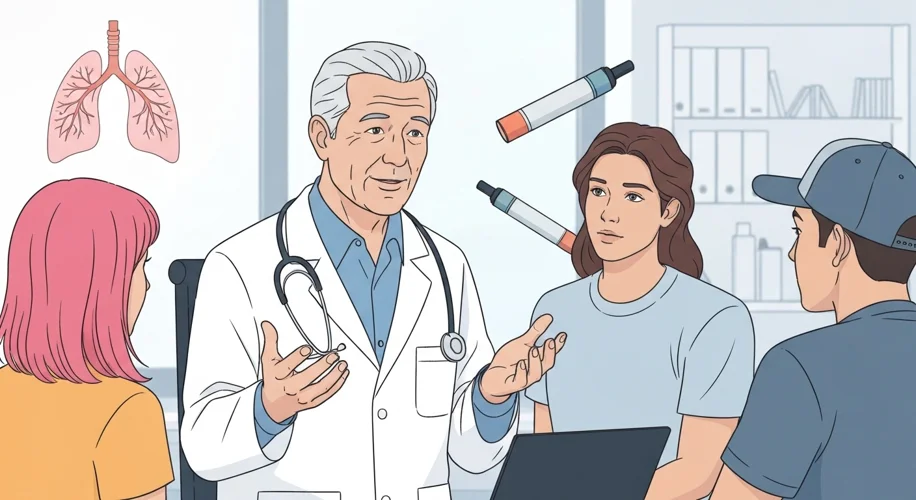Let’s talk about something that’s quietly concerning many doctors and public health experts: the impact of vaping on children’s health. It’s easy to see vaping as a harmless alternative to traditional smoking, but the reality, especially for our younger generation, is far more complex and, frankly, alarming.
Did you know that tobacco use in Florida schools has seen a significant spike this decade? Experts are pointing directly at vaping as the main driver of this trend. This isn’t just about a new habit; it’s about potential long-term consequences that we’re only beginning to understand.
Many people assume vaping devices produce only water vapor. That’s a dangerous misconception. These devices heat a liquid, often containing nicotine, flavorings, and other chemicals. When inhaled, these substances can affect the body in ways we’re still studying, but the initial findings are worrying.
From my background in atmospheric science, I’m always thinking about what goes into the air and how it affects us. While vaping isn’t quite the same as air pollution, the principle of inhaling foreign substances into our lungs is something we should all be concerned about. The aerosols produced by vapes contain ultrafine particles and chemicals like heavy metals and volatile organic compounds. We’re still learning the full extent of how these impact developing lungs and bodies.
Doctors are raising red flags, stating that the harm could be irreversible. This isn’t just a scare tactic; it’s a call to action based on observed trends and growing scientific evidence. The idea that these products are safe, especially for children whose bodies are still developing, is simply not supported by the facts.
Some experts are going as far as to call for a global ban on vapes, emphasizing that they are not harmless. This strong stance reflects the growing concern over the widespread use among adolescents and the potential for addiction and long-term health issues.
It’s crucial for us to have open conversations about these risks. Educating ourselves and our communities is the first step. We need to ensure that our children are protected from products that could cause lasting damage. This is a problem that affects us all, and understanding the science behind it is key to finding solutions.
This is why I’m so passionate about sharing scientific findings: knowledge empowers us to make better decisions for ourselves and for the future generations.

